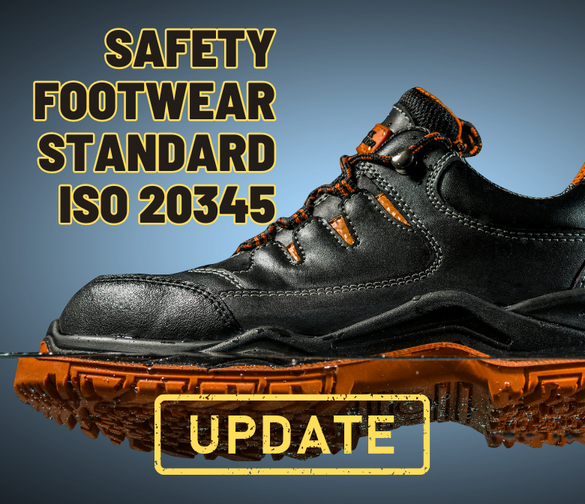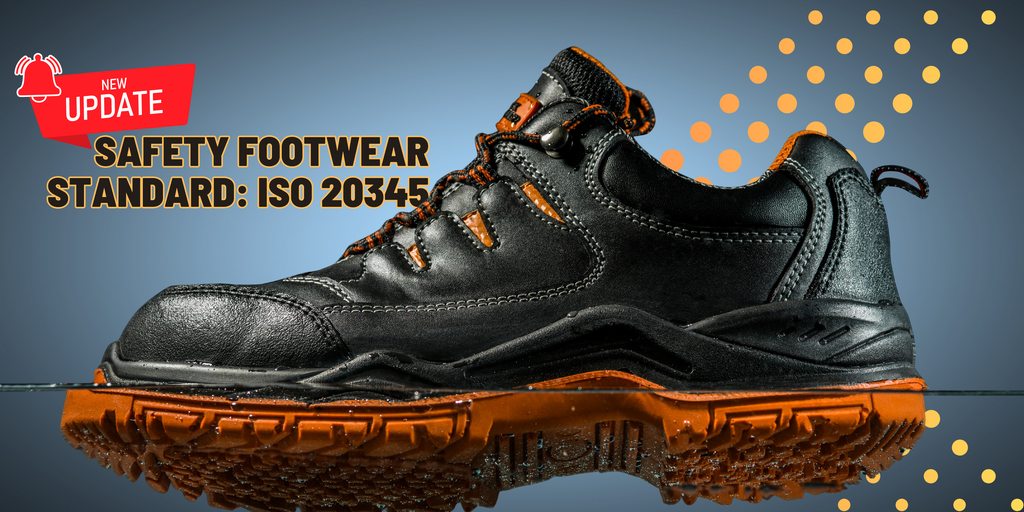
Standards in different regions closely regulate Personal Protective Equipment (PPE). These standards for safety footwear are constantly reviewed and replaced whenever there are more requirements, meaning that as a professional, you need to be up-to-speed with what’s been updated. If you've been following our products, you must have noticed how the safety shoes at Black Hammer comply with the globally accepted EN ISO 20345 standard. There is a new international version of ISO 20345 that’s been recently published. In this blog, we’ll be touching on what’s changed in the new ISO 20345:2022.
Slip-Resistant Safety Shoes
So far in ISO 20345, the slip-resistant feature of safety footwear has been defined in three categories: SRA, SRB, and SRC. This labeling has now been scrapped. Instead, the new safety footwear standard states that it must be a slip-resistant shoe that will feature new SR markings.
Shop our selection of mens safety trainers that comply with ISO 20345 standards and stay safe on the job site.

Compulsory Level of Slip-Resistance
The new test has been carried out to maintain old SRA markings. This includes testing the footwear on ceramic floors with detergent (sodium lauryl sulphate or SLES) and water as a lubricant.
According to the new update to the standards for safety footwear, all safety footwear in the market must pass the old SRA test, meaning it is a fundamental requirement and there is no need to mark it on the footwear.
New Anti-Slip Markings
The old SRB marking was in place to confirm if the shoes were tested on steel floors having glycerine as a lubricant. Since steel floors are not common in the industry, the change is in the type of floor the shoes are tested on.
Now, the SR slip-resistant footwear will be tested on ceramic floors having glycerine as a lubricant. Passing this test will mean the shoe will be regarded as SR safety footwear.
Footwear Having Ø Symbol
Any footwear that has not been tested for slip resistance will be marked with the ‘Ø’ symbol. Slip-resistance tests will not be required for footwear that is designed for particular purposes, such as footwear with metal studs, spikes, and/or for use in sand, mud, etc.
Areas of the Foot to be Tested for Slip-Resistance
Slip resistance was previously tested on the sole of the foot and the heel. With the news standards in place, this will be carried out on the forefoot and the heel.
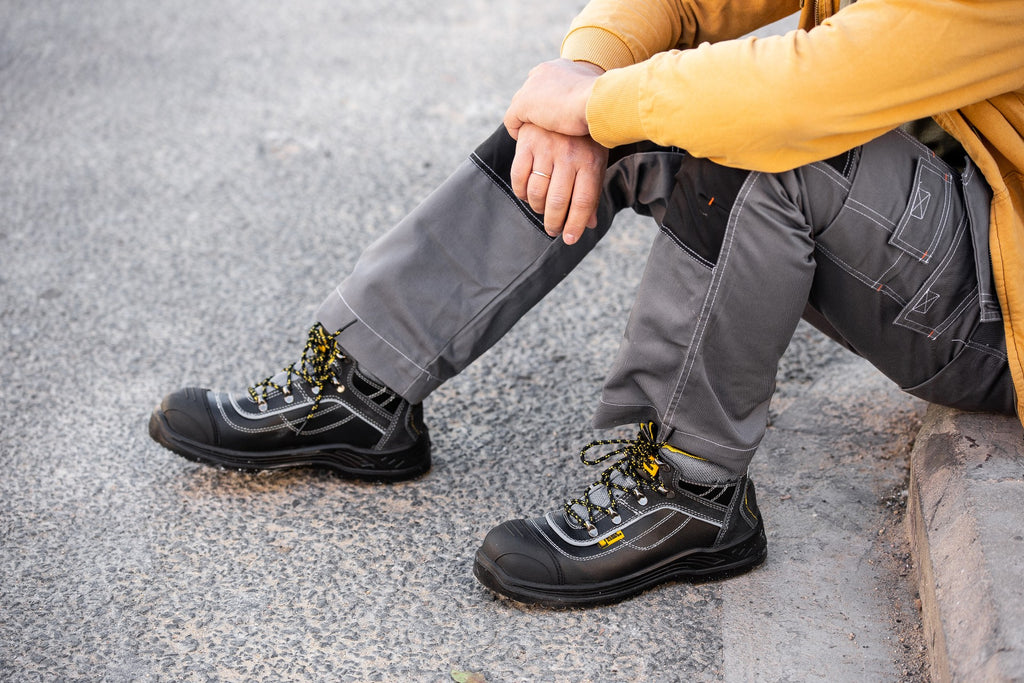
Footwear having Puncture Resistant Soles
So far, the ‘P’ symbol meant a footwear met the additional requirements for puncture resistance. For a shoe to be marked S1P or S3 safety footwear, it has to pass the puncture resistance (P) test.
The updated ISO 20345 further clarifies the types of material that offer protection against penetration. The new test consists of measuring the resistance to puncture when driving nails of a given width, on both, metallic and non-metallic soles.
According to the new update, the ‘P’ symbol is still there, but it refers to the footwear consisting a steel anti-puncture sole (S1P). For non-metallic anti-puncture soles, there will be two sizes of nails tested. So, to summarise:
- P Safety Footwear: This signifies an anti-puncture steel sole. The nail diameter in the test will be 4.5 mm. The footwear will be marked S1P.
- PL Safety Footwear: This is for non-metallic anti-puncture soles. The nail diameter in the test will be 4.5mm. The footwear will be marked S1PL (L meaning Large Nail).
- PS Safety Footwear: This will be for Non-metallic anti-puncture soles tested on nails with a diameter of 3mm. The footwear will be marked S1PS (S for Small Nail).
S1 safety footwear can therefore have subtypes S1P, S1PL or S1PS. Moreover, safety footwear types S3, S5, and S7 can now also have S(N)PL or S(N)PS subtypes added.
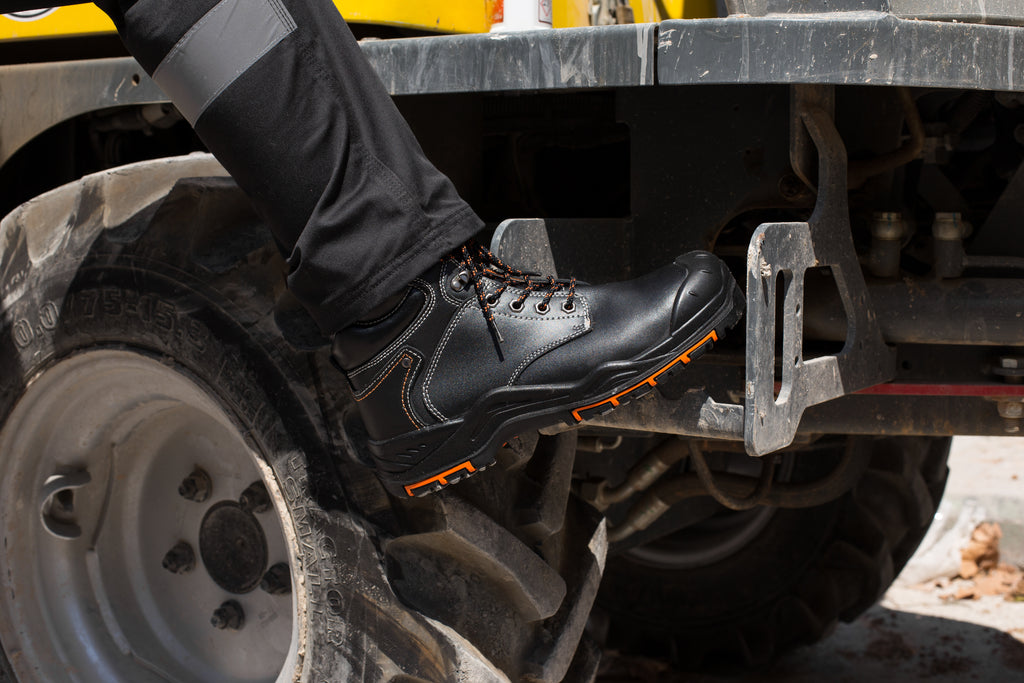
New Protection Levels for Safety Shoes
Safety shoes had markings ranging from SB to S5 footwear along with different sub levels under the previous safety footwear standard. Now that the standard has been updated, two new categories have been added: S6 and S7.
- S6 Footwear: Type S2 footwear with waterproofing (WR marking).
- S7 Footwear: Type S3 footwear with waterproofing (WR marking). This sub-type will be indicated by the puncture resistance on the sole.
The S6 and S7 footwear will be made of water-resistant materials on the upper area (previously called WRU marking) and will be fully water-resistant (previously called WR marking).
Safety Footwear Having Breathable Upper
Now, safety footwear must have particular breathability characteristics in the instep. This will help prevent any damage due to the accumulation of moisture in the foot, making it a more comfortable experience to wear safety shoes.
The new safety footwear standard states that in case a footwear has waterproof materials in the forefoot, this should not cover more than 25% of the instep area. In case the non-breathable part covers less than 25% of the shoe, the footwear will have specific requirements for water vapour permeability. Any parts in contact with the sole, the instep area, the fastening system, the toe area, and the collar will not be considered for this.
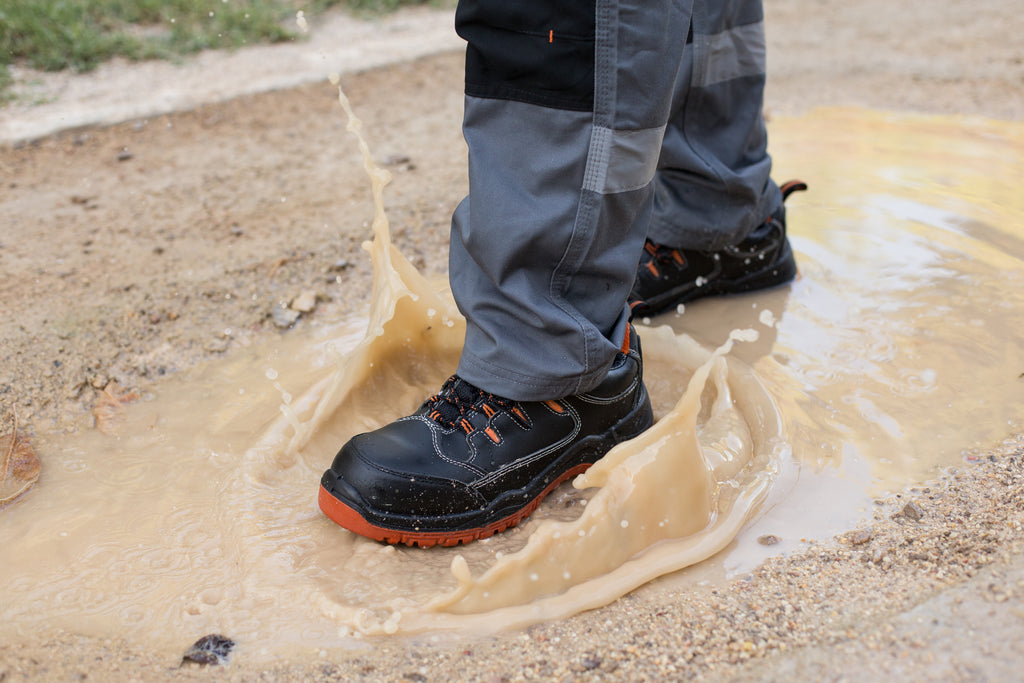
Additional Requirements for Safety Footwear in the Update
In the update to the safety footwear standard, there are some additional requirements, referring to the grip of the shoes on the stairs as well as their resistance to hydrocarbons along with the general footwear water resistance.
Ladder Grip
This is a non-mandatory, additional requirement. If passed, the footwear will have ‘LG’ marking (Ladder Grip). According to this requirement, the part of the sole that comes in contact with the steps should meet certain abrasion requirements, having grooves that prevent slipping on stairs. It is also mandatory for the sole to have specific dimensions.
Water Resistance
In the updated ISO 20345 Safety Footwear Standard, the Water Resistant Upper Material (WRU) marking disappears. The Water Resistance (WR) test, however, is kept. In addition to that, a new Water Penetration and Absorption (WPA) marking has been created.
Resistance to Hydrocarbons
While it was mandatory for soles to have resistance to hydrocarbons (indicated by FO marking), this has now been moved to being an optional requirement.
The Changeover Date for Safety Footwear
Whenever a new European PPE standard is published, it is required for each country to adopt it as a national standard within six months. The UK has the British Standards Institution (BSI) that looks into enforcing standards for safety footwear.
Once the updated version of the ISO 20345 has been harmonised, all new safety footwear will have to be manufactured in line with the new standards for safety footwear.

